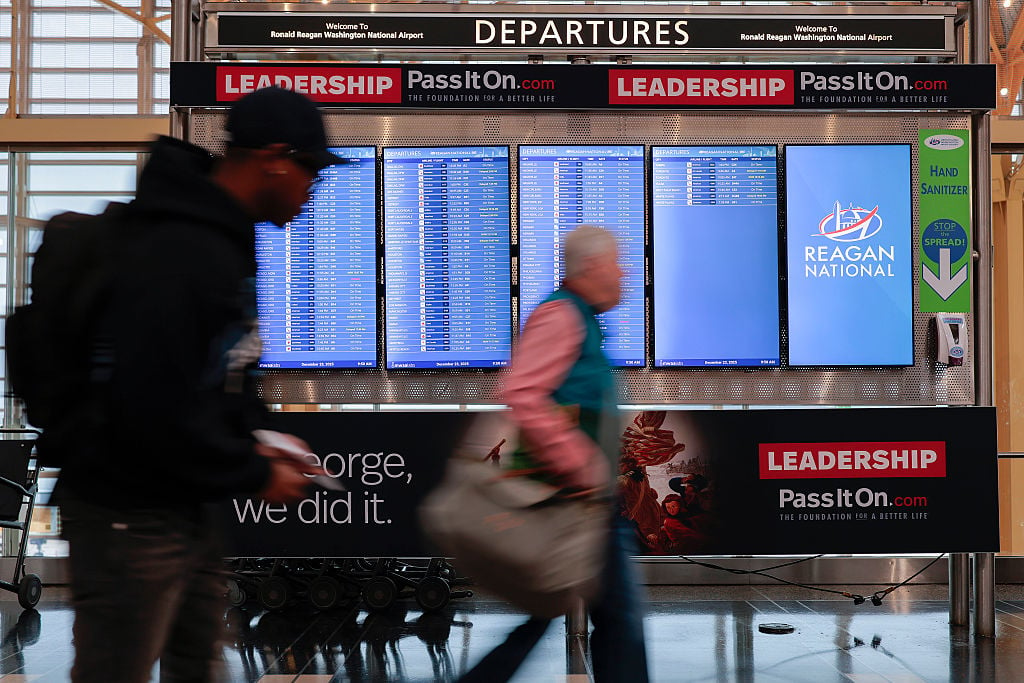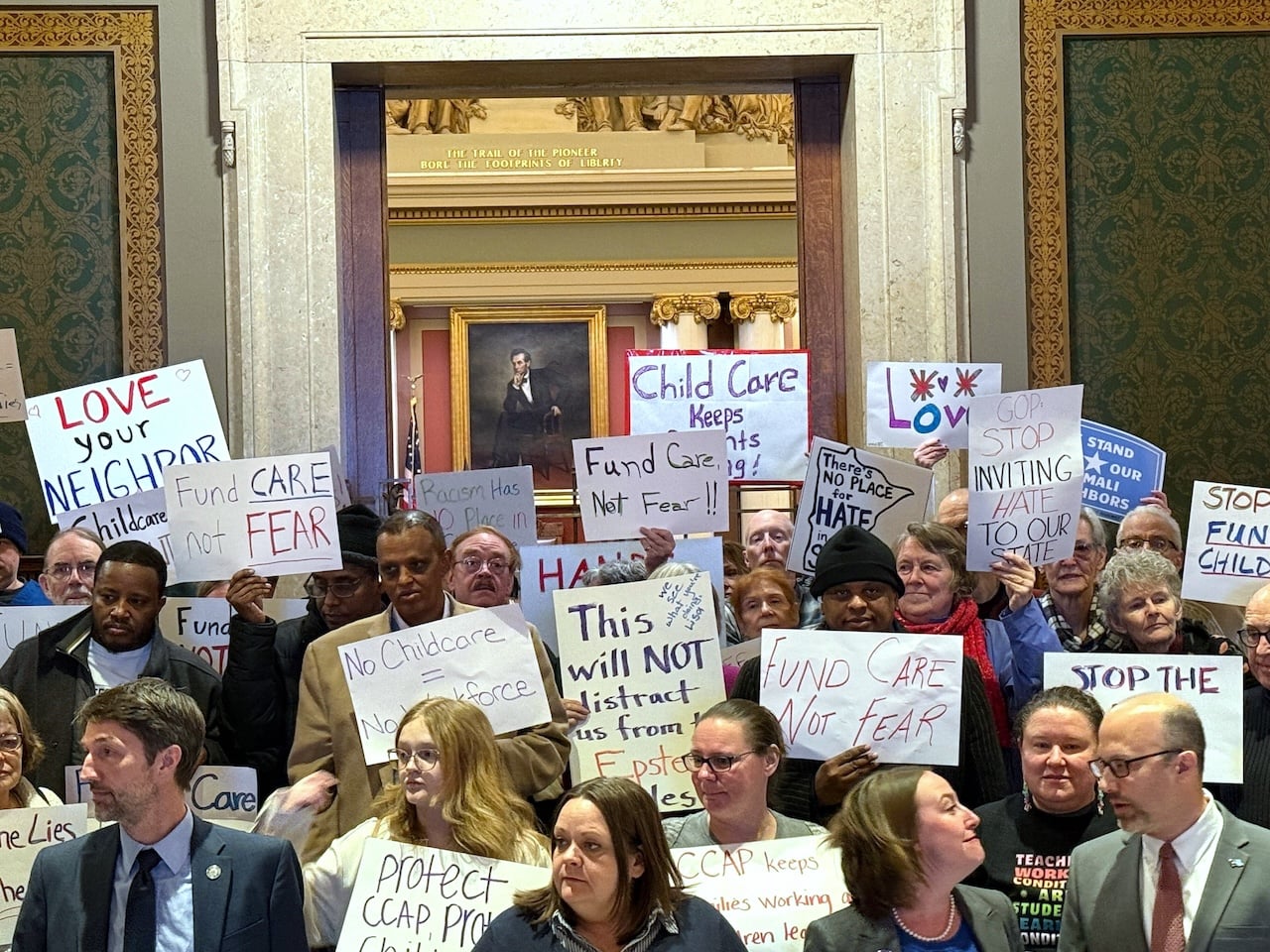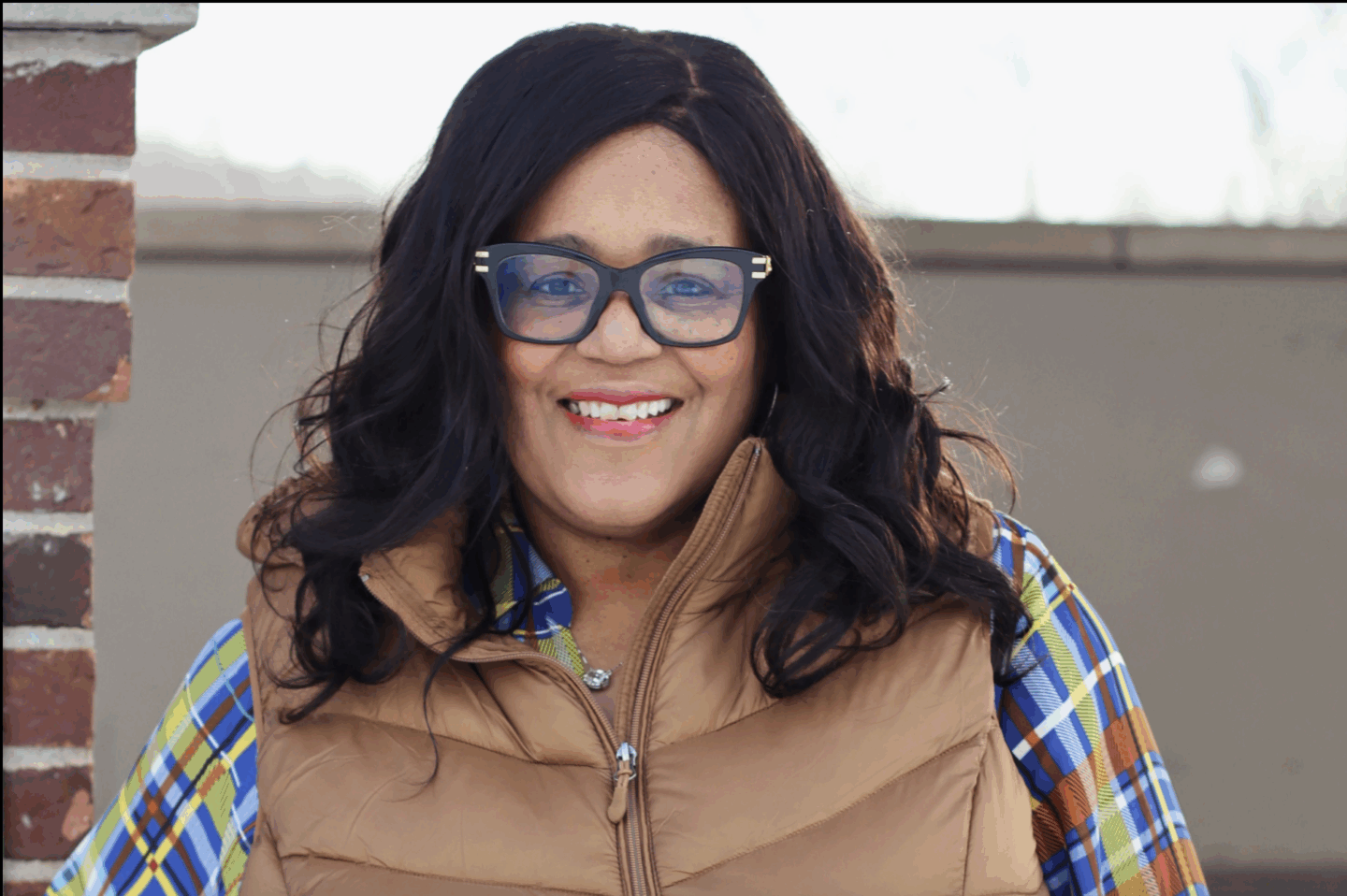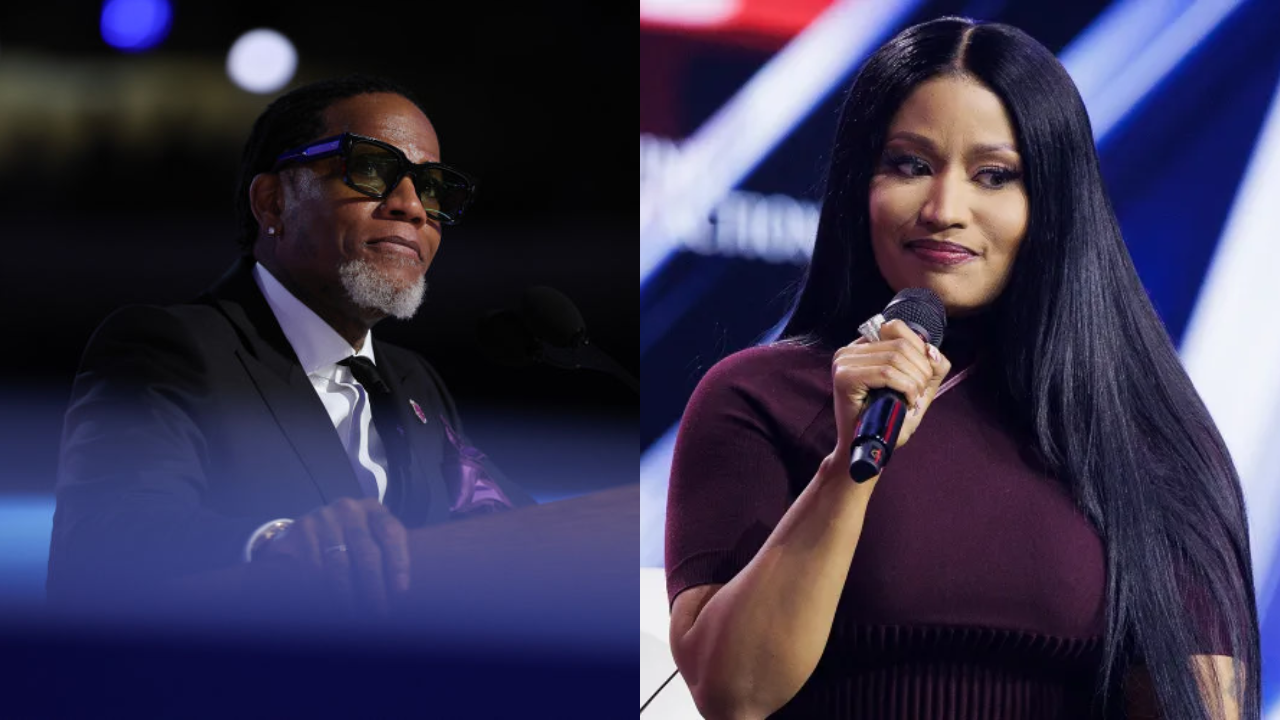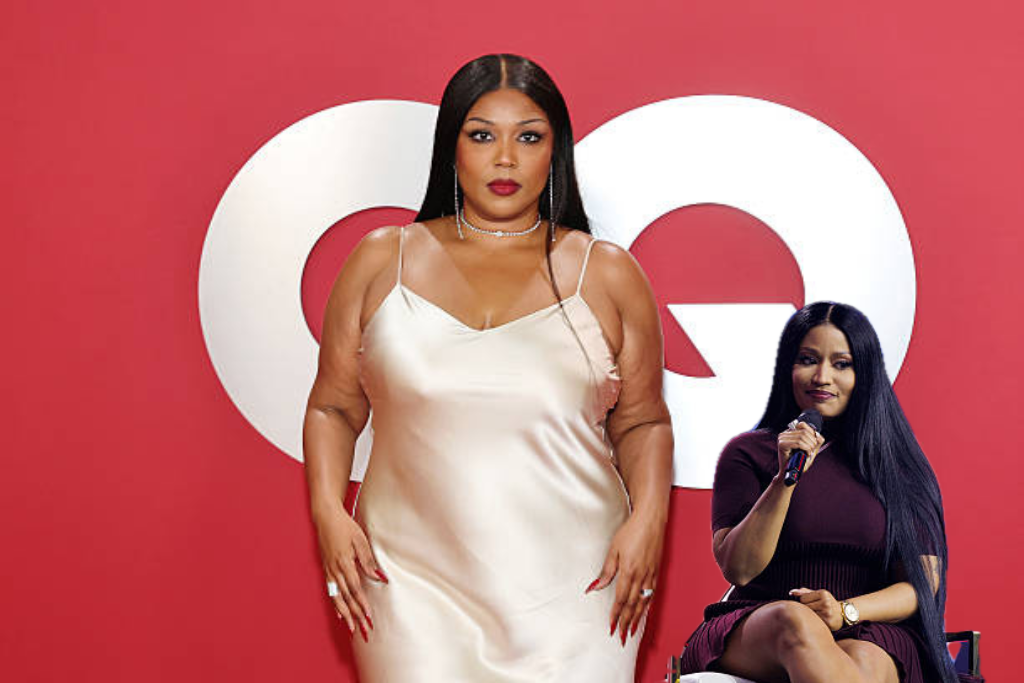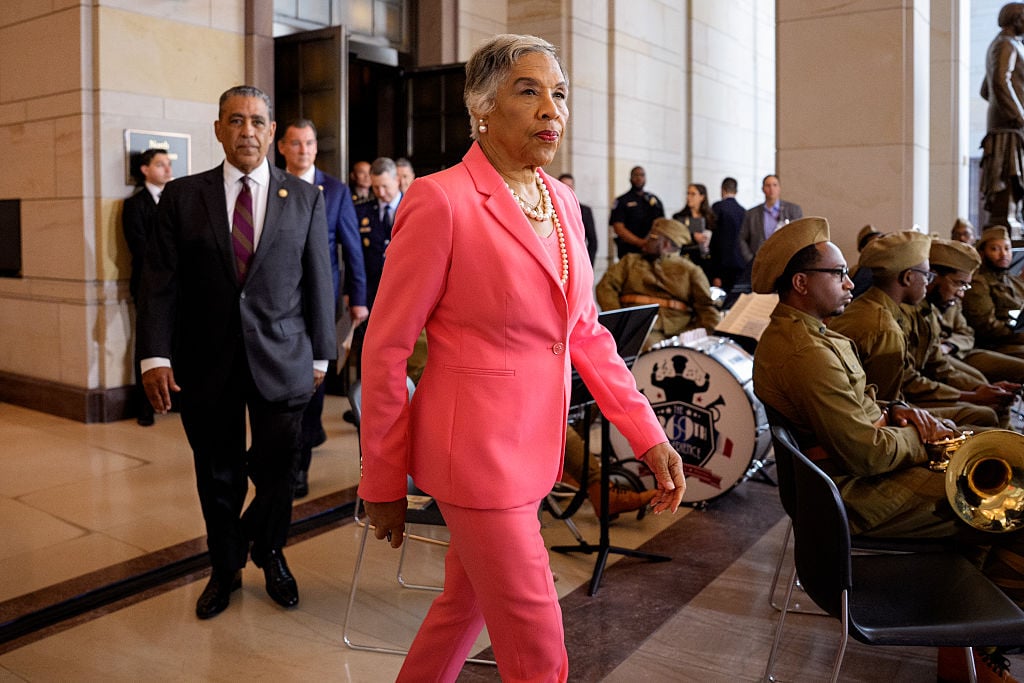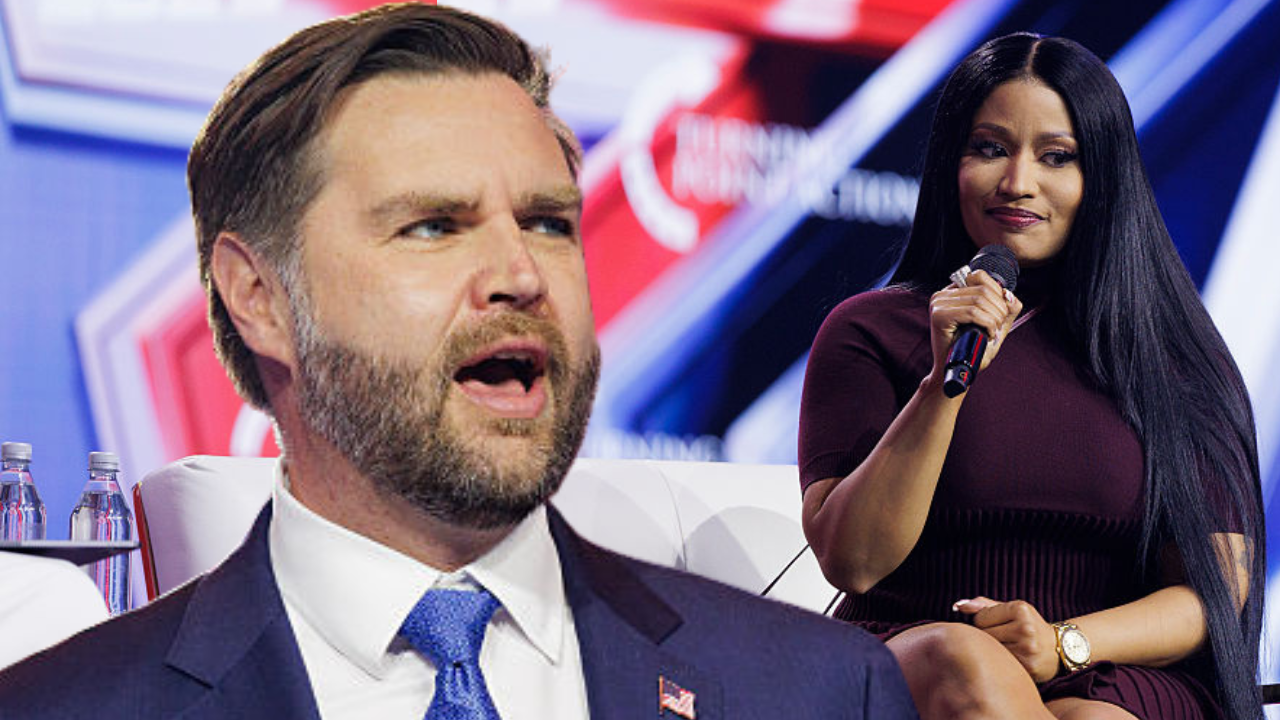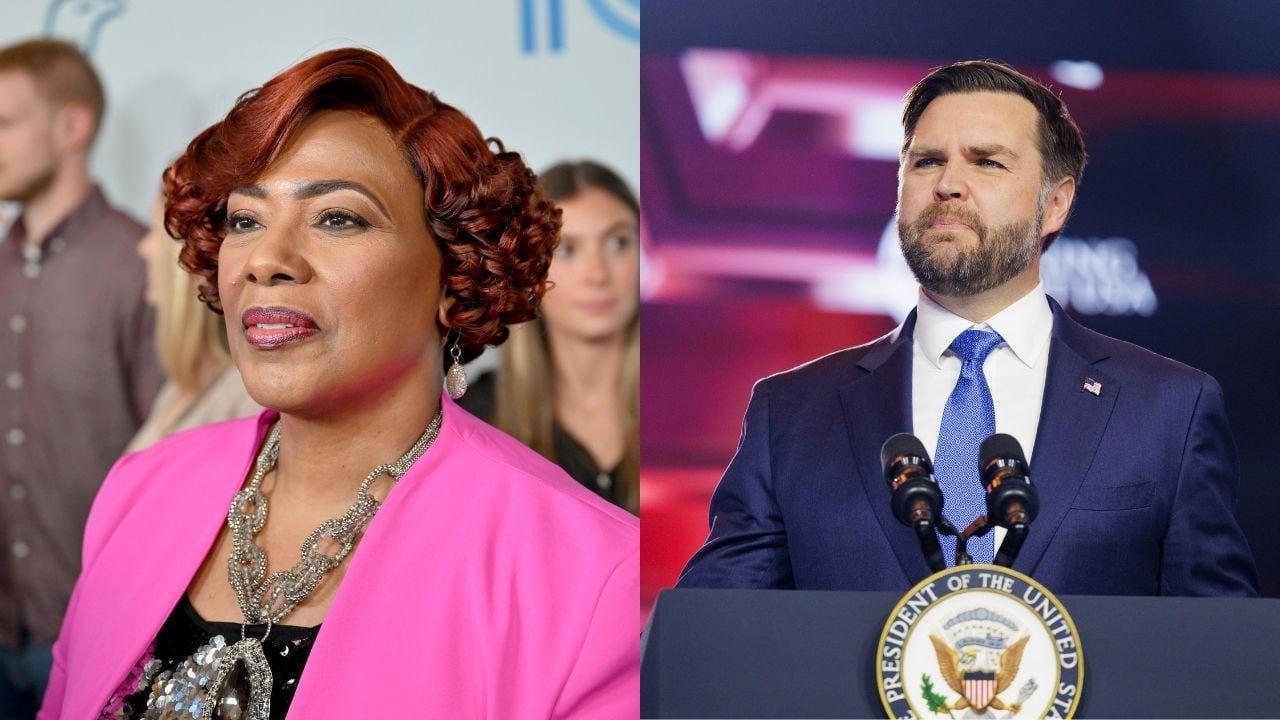Howard freshman’s college dreams threatened by Trump’s “Big Beautiful Bill” student loan cuts

Tamia Akers overcame childhood struggles, now faces new education hurdles
With the passage of President Donald Trump’s One Big Beautiful Bill, many college freshmen are wondering what this means in terms of paying for their education.
This includes Tamia Akers, an incoming student at Howard University.
Akers, who is originally from Ohio, spent many years overcoming personal hurdles due to being in the foster care system until she was adopted at age 13. She then faced more challenges as the only Black student at her middle and high school.
“I felt like I was never heard or seen, or I wasn’t as smart as the other kids or I always had to prove myself in some different type of way,” said Akers to WUSA9.
As a senior, Akers decided that she wanted to apply to Howard University so she could be around young Black students pursuing a college education like herself. When she found out the university had accepted her with a $20,000 scholarship, Akers’ desire to be on the campus only grew.
“I’m up all night, and I cannot sleep because I’m like waiting,” Akers told the news outlet. “I’m like I promise that if I get in, I’m going. If you give me a chance, I’m going.”
Unfortunately, President Trump’s One Big Beautiful Bill is expected to have multiple negative impacts on how she plans to get her education.
The One Big Beautiful Bill, signed into law earlier this year by President Donald Trump, is a sweeping piece of legislation that drastically reshapes the American social safety net, with big changes to the landscape of federal education aid. While the administration touts it as a cost-saving measure, critics argue that it guts crucial financial protections for students, particularly those from low-income and historically marginalized communities.
For example, the new law puts a limit on how much parents can take out. The Parent PLUS Loans will be capped at $20,000 a year, and most repayment plans, including the Biden-era SAVE plan, will be phased out.
These changes are expected to hit Black students especially hard. Research consistently shows that Black borrowers take on more student debt than their white peers and are more likely to struggle with repayment. According to the Education Data Initiative, 86% of Black students take out federal loans to attend college, compared to just 59% of white students.
Four years after graduation, Black borrowers owe an average of 188% more than they borrowed, due in large part to compounding interest and lower post-grad income. The rollback of protections under Trump’s bill could deepen these disparities, making it harder for students like Akers to not only attend college but to thrive after graduation.
But Akers is now planning to face this challenge like any others in her life, with determination.
“I think I’m going to get up and run at it because I was begging for this chance. If you give me the money, I’ll apply. If you let me in, I’ll go,” Akers said. “If I gave up every time an obstacle was thrown at me, I wouldn’t be where I am now.”
Watch the full story about Akers’ experience on WUSA‘s YouTube channel.
What's Your Reaction?
 Like
0
Like
0
 Dislike
0
Dislike
0
 Love
0
Love
0
 Funny
0
Funny
0
 Angry
0
Angry
0
 Sad
0
Sad
0
 Wow
0
Wow
0




